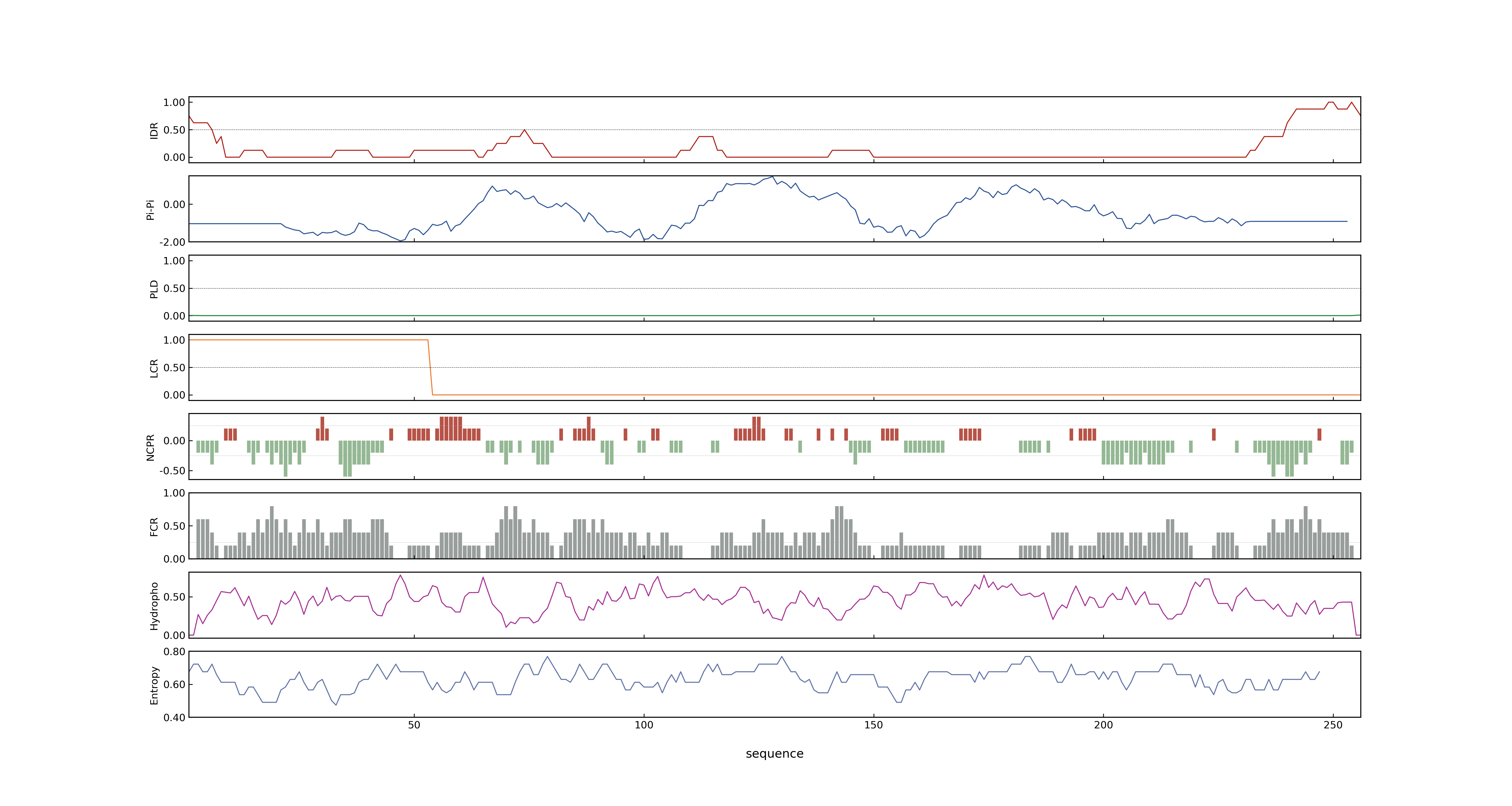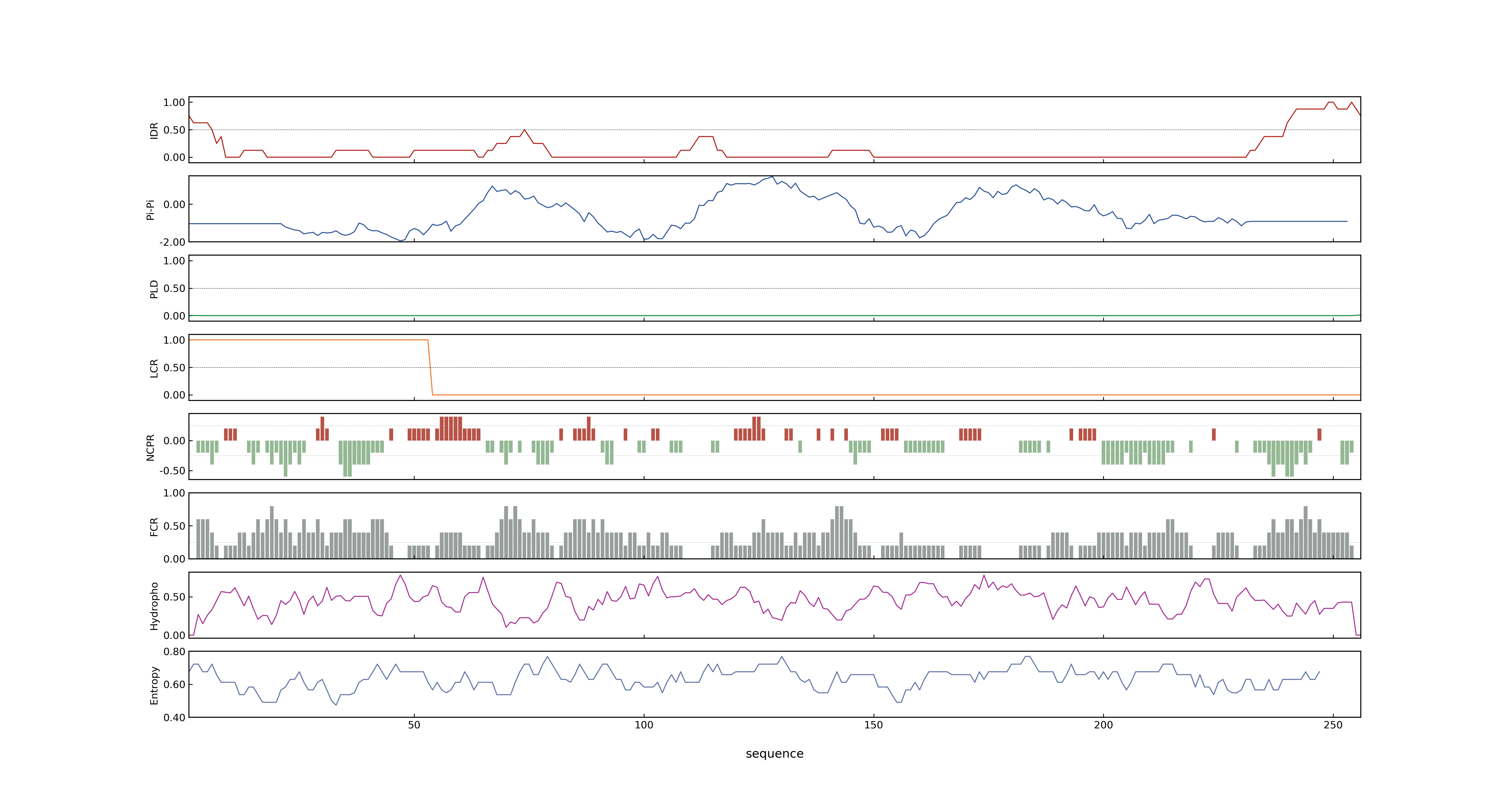- Information
- Symbol: GF14c
- MSU: LOC_Os08g33370
- RAPdb: Os08g0430500
- PSP score
- LOC_Os08g33370.2: 0.0111
- LOC_Os08g33370.1: 0.0111
- PLAAC score
- LOC_Os08g33370.2: 0
- LOC_Os08g33370.1: 0
- pLDDT score
- 92.68
- Protein Structure from AlphaFold and UniProt
- MolPhase score
- LOC_Os08g33370.1: 0.01033069
- LOC_Os08g33370.2: 0.01033069
- MolPhase Result
- Publication
- The rice 14-3-3 gene family and its involvement in responses to biotic and abiotic stress, 2006, DNA Res.
- 14-3-3 proteins act as intracellular receptors for rice Hd3a florigen, 2011, Nature.
- The 14-3-3 protein GF14c acts as a negative regulator of flowering in rice by interacting with the florigen Hd3a, 2009, Plant Cell Physiol.
- Sugar starvation- and GA-inducible calcium-dependent protein kinase 1 feedback regulates GA biosynthesis and activates a 14-3-3 protein to confer drought tolerance in rice seedlings, 2013, Plant Mol Biol.
- Genbank accession number
- Key message
- Functional analysis using either GF14c overexpression or knockout transgenic rice plants indicated that this interaction plays a role in the regulation of flowering
- GF14c-overexpressing plants exhibited a delay in flowering and the knockout mutants displayed early flowering relative to the wild-type plants under short-day conditions
- These results suggest that GF14c acts as a negative regulator of flowering by interacting with Hd3a
- The 14-3-3 protein GF14c acts as a negative regulator of flowering in rice by interacting with the florigen Hd3a
- Overexpression of either constitutively active OsCDPK1 or GF14c enhanced drought tolerance in transgenic rice seedlings
- Connection
- GF14b~OsGF14b, GF14c, The rice 14-3-3 gene family and its involvement in responses to biotic and abiotic stress, At least four rice GF14 genes, GF14b, GF14c, GF14e and Gf14f were differentially regulated in the interactions of rice-Magnaporthe grisea and rice-Xanthomonas oryzae pv
- GF14c, OsGF14e~GF14e~GID2, The rice 14-3-3 gene family and its involvement in responses to biotic and abiotic stress, At least four rice GF14 genes, GF14b, GF14c, GF14e and Gf14f were differentially regulated in the interactions of rice-Magnaporthe grisea and rice-Xanthomonas oryzae pv
- GF14c, GF14f, The rice 14-3-3 gene family and its involvement in responses to biotic and abiotic stress, At least four rice GF14 genes, GF14b, GF14c, GF14e and Gf14f were differentially regulated in the interactions of rice-Magnaporthe grisea and rice-Xanthomonas oryzae pv
- GF14c, Hd3a, The 14-3-3 protein GF14c acts as a negative regulator of flowering in rice by interacting with the florigen Hd3a, In this study, we identified GF14c (a 14-3-3 protein) as an Hd3a-interacting protein in a yeast two-hybrid screen
- GF14c, Hd3a, The 14-3-3 protein GF14c acts as a negative regulator of flowering in rice by interacting with the florigen Hd3a, In vitro and in vivo experiments, using a combination of pull-down assays and bimolecular fluorescence complementation, confirmed the interaction between Hd3a and GF14c
- GF14c, Hd3a, The 14-3-3 protein GF14c acts as a negative regulator of flowering in rice by interacting with the florigen Hd3a, These results suggest that GF14c acts as a negative regulator of flowering by interacting with Hd3a
- GF14c, Hd3a, The 14-3-3 protein GF14c acts as a negative regulator of flowering in rice by interacting with the florigen Hd3a, The 14-3-3 protein GF14c acts as a negative regulator of flowering in rice by interacting with the florigen Hd3a
Prev Next


